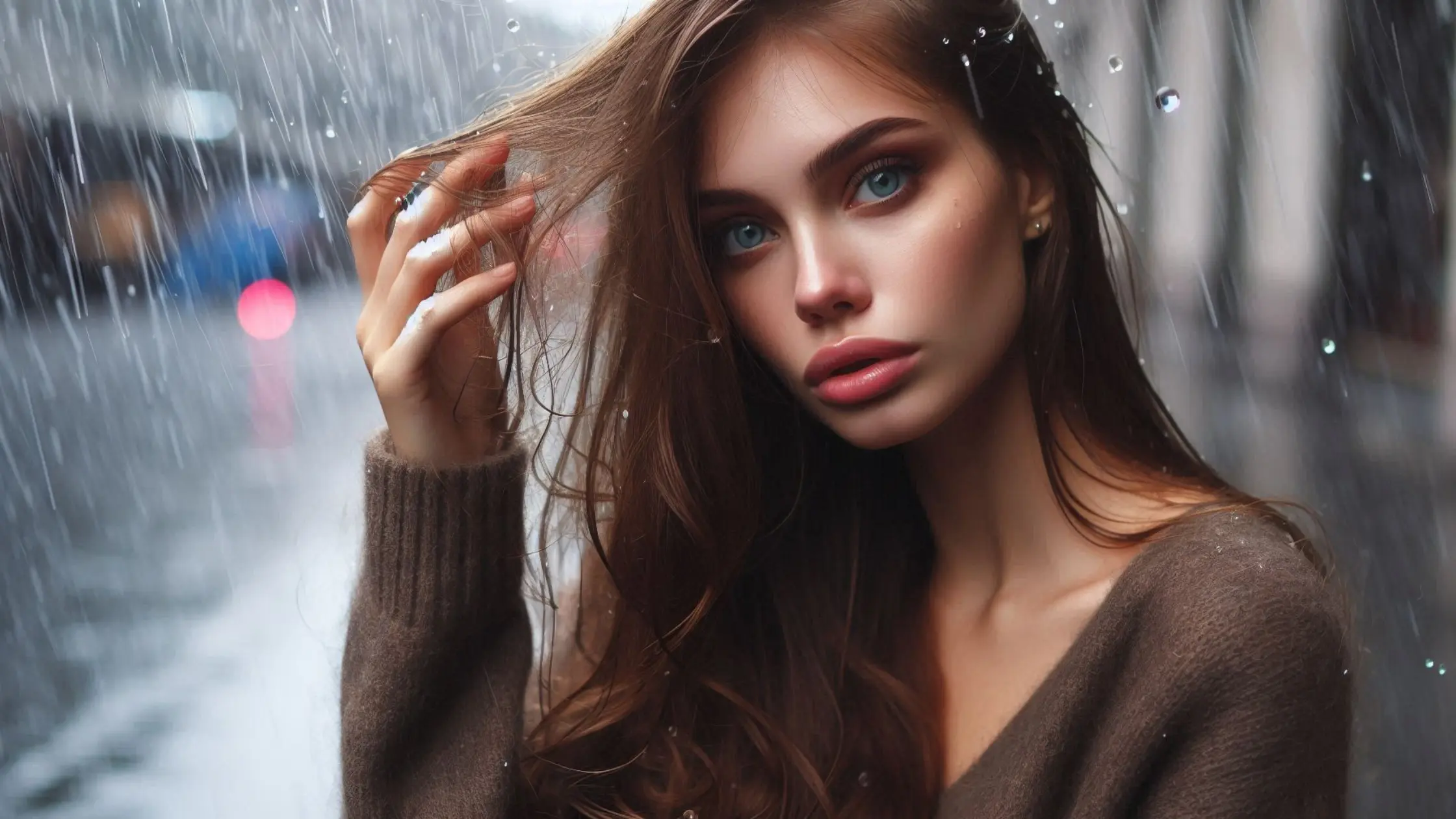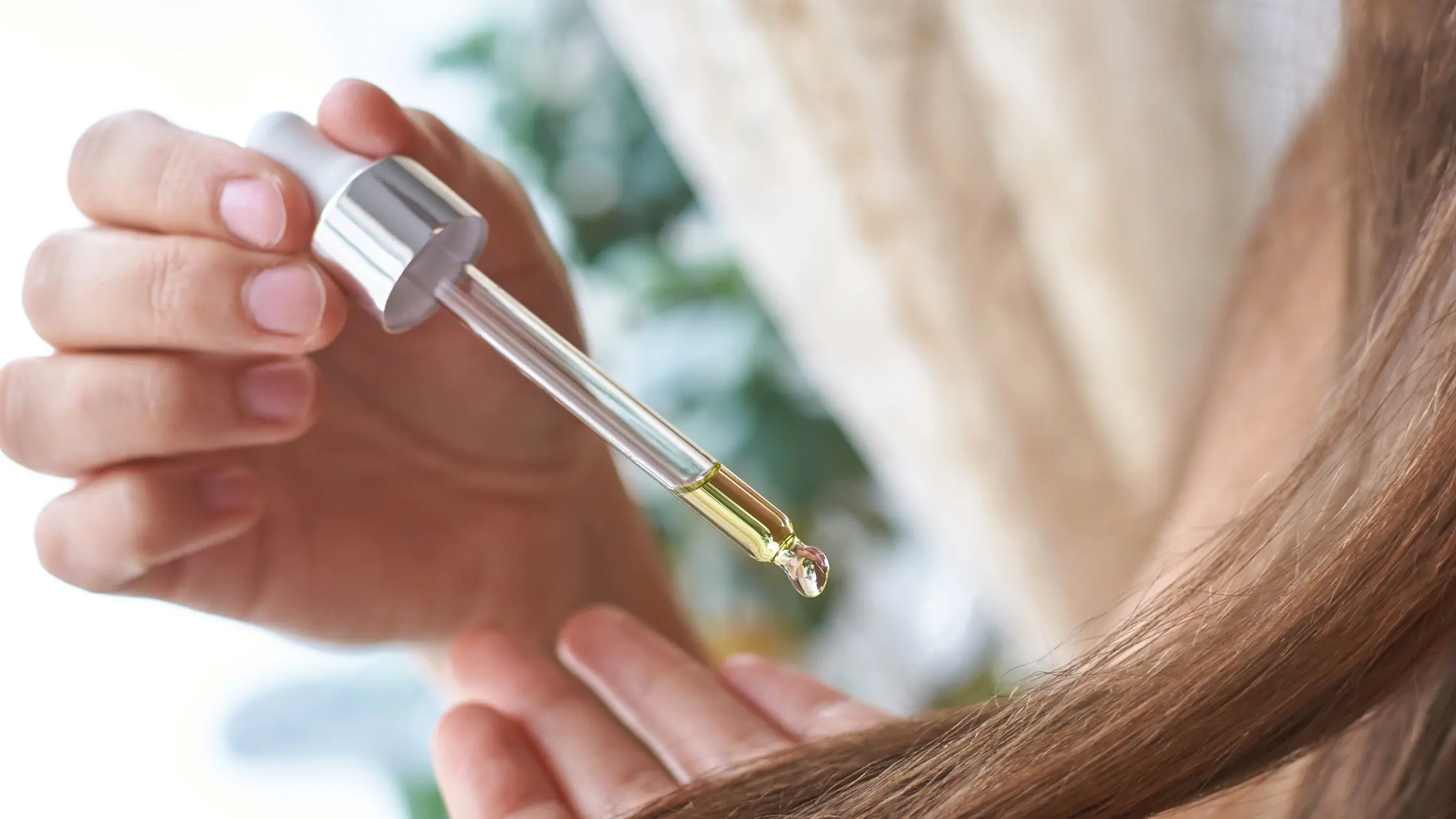Let’s admit it, there’s something cinematic about getting wet in the rainwater. A slight drizzle, wind in your hair, that spontaneous walk home with a paper bag of groceries you swear won’t rip.
Cute, right?
Wrong.
At least, your hair begs to differ.
If you’ve ever wondered whether getting your hair soaked with rainwater during the monsoons is a harmless cinematic moment , then think again. Its a shortcut to split ends, scalp issues, and a whole lot of frizz.
We spoke to dermatologists and here’s everything you need to know to protect your hair from damage caused by rainwater this monsoon.
Does Rainwater Really Damage Your Hair?
Ah, the romanticism of natural rainwater. Sounds pure, feels poetic until you realize it’s basically polluted acid soup falling from the sky. Rainwater in urban areas isn’t clean.
It carries:
- Pollutants and toxins (think vehicle emissions, smoke, dust)
- Acidic pH that strips your hair’s natural oils
- Heavy metals that weaken hair strands
- Microbes that can irritate your scalp
In short, it’s like a chemical peel but for your scalp. And not the fancy spa kind.
What Happens When Your Hair Gets Soaked In Rainwater?
Once rainwater drenches your manes, here’s the chaos that unfolds:
- your cuticles swell, making hair look like a puffy, electric cloud.
- wet roots are weaker, and de-tangling wet strands leads to damage and more breakage.
- moisture and pollution is basically the fungal party on your scalp.
- your glossy strands are replaced with a rough, straw-like finish.
Dermatologist-Approved Tips To Save Your Hair This Monsoon
Let’s get to the good stuff. Here’s what the experts want you to actually do when your hair gets wet in the rain:
Rinse Immediately.
Yes, Even If You’re Late for Brunch.
Dr. Shweta Narayan, a Mumbai-based dermatologist, says: “Think of rainwater as the equivalent of city tap water during a plumbing disaster, don’t let it linger. Rinse your hair with clean, lukewarm water as soon as possible to wash off pollutants.”
Clarify Using A Clarifying Shampoo With Chelating Ingredients
Clarify your hair using a shampoo with chelating ingredients like this one to remove the deposits and pollutants that hard water from rain deposited on your hair. You can even try any of these color fading shampoos to get the job done but make sure you deeply nourish your hair after using these as these are drying.
Use A Mild Sulfate-Free Shampoo
Choose a sulfate-free, pH-balanced shampoo that cleanses without turning your scalp into the Sahara. Look for tea tree or neem (antifungal), aloe vera (soothing), biotin or keratin (strengthening) and avoid harsh surfactants like SLS if you value your strands.
Deep Condition Like Your Life Depends On It
Monsoon air is humid but deceptive it still leaves your hair feeling dry and frizzy. Use a deep conditioner or hydrating hair mask once a week. Try masks like this with argan oil, hyaluronic acid, or banana extracts for that salon-soft finish (minus the salon bill).
Dry It Gently: No, Not With A Hair-Torture Towel Rub
We get it, you’re in a rush. But rubbing your hair like you’re scrubbing is not it. Pat dry with a microfiber towel or an old t-shirt. Then let it air dry.
Never tie wet hair, as it may lead to damage, hair breakage and severe hair fall.
Scalp Hygiene Should Be Your Utmost Priority
Rain water leads to fungal scalp issues.
Keep your scalp fresh by:
- exfoliating once a week with a scalp scrub
- using an antifungal scalp serum
- doing a scalp facial
- pampering your scalp with hot oil massage and hair steaming session
- not sharing hair tools because monsoon is the season of lice and love (but mostly lice)
Protective Hairstyles To The Rescue
Loose hair in the rain leads tangles, frizz, knots, and regret. Instead, opt for protective hairstyles like braids (chic and tangle-free), low buns (professional and rain-proof) and twisted ponytails (Instagram-ready and safe). Add a silk scrunchie for bonus points.
Oil Your Hair But Be Smart About It
Yes, oiling is great. But avoid heavy oils during monsoon. The goal is nourishment, not a scalp that resembles a deep fryer. You can try light oils like argan oil, jojoba oil, grapeseed oil. Apply apply it generously half an hour before you shampoo, not after.
Say No To Heat Styling
Humidity and heat styling especially after your hair was soaked in rainwater, would lead to damaged hair that leads to hair fall and split ends. Avoid blow dryers and straighteners. Embrace your natural texture, wavy, curly, or straight. And if you must, do not skip your heat protectant, Please!
Visit A Dermatologist If It Gets Serious
If your hair fall in monsoon becomes dramatic enough where you are losing more than 100 hair strands a day, seek professional help. Conditions like seborrheic dermatitis, scalp folliculitis, or seasonal hair shedding might be something that would need professional intervention.
Final Thoughts: Don’t Let The Rain Win
Monsoon is here. It’s messy. It’s moody. But with the right care, your hair doesn’t have to look like it’s going through a breakup. Be rain-smart, not rain-sorry.
And remember: just because in movies it looks radiant dancing in the rain doesn’t mean you’ll get the same results without conditioner, a good rinse, and perhaps a silent scream in the shower.








